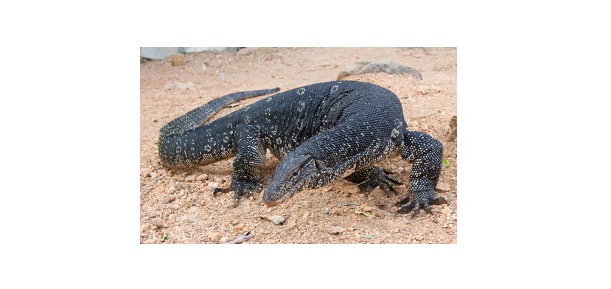Table of Contents
Black Rat Definition
Black Rat are social omnivores belong to the genus Rattus and are commonly found in Tropical forests. Rattus rattus belongs to order Rodentia and is a long-tailed small rodent. These stereotypical cats are known also as roof rats, ship rats, or house rats. They are described as pests by the farmers while some cherish them as pets.
What is Black Rat?
Black Rats have an average length of about 12.7 to 18.3 cm excluding the tail length. Their tails may be of either the same length or longer. They weigh around 2.6 to 8.1 oz. They have scruffy fur and maybe black or brown, or other lighter shades.
Their origins can be traced back to Malaysia, or they may also have evolved when they arrived in India. After they reached Europe, they spread to other corners of the world during the colonization era. They are common in warmer regions and can occur in human-developed areas and natural habitats.
The brown rat is comparatively more widespread due to its burrowing abilities. The black rat is arboreal and in earlier human settlements were able to adapt to thatched roofs that have been now substituted with concrete roofs.
Black Rat Diet and Predators
Black rats can survive on a variety of foods ranging from seeds, fruit, and leaves of a plant to other smaller organisms like insects and bird eggs. In human settlements, they feed over leftovers, garbage, or other food waste. As a result of this generalist strategy, they have spread and become common in various parts of the world. They have also been categorized as pests by farmers as they destroy crops like coffee, cocoa, sugarcane, and wheat by feeding on them.
Since they are so widespread they can be targeted as prey by other species like other larger rodents, weasels, coyotes, and wild cats. They commonly prey upon cats and owls. The black rat has a good sense of hearing and is a competent climber and agile. These skills help them to avoid predation.
Black Rat Breeding
Black rats find abode within trees and sometimes they also occupy underground places. The males increase their home ranges in the breeding season to look for a mate. The females have a gestation period of 21 days. They have an average litter size is 7-8 and the young usually become independent in few weeks.
The young ones attain sexual maturity within 3 to 5 months and have a life span of 12 to 18 months. Females usually give birth to 6 litters. Their success in colonizing can be attributed to highly productive breeding habits and short-life cycles.
Fun Facts About Black Rat!
They are cosmopolitan and are responsible for plagues and other outbreaks that have impacted humans. They can aid in improving the biodiversity of disturbed habitats.
i. The Green Rat
Rats show great diversity due to different fur and coat colors. The brown rat forms a separate species that have different habitats and traits. Certain black rats have white fur. In the 1920s, selective breeding in England led to the production of various morphs, including a green-colored one.
ii. Black Rat: The Passive Traveler
The black rat has become a widespread species due to its dispersal techniques that have allowed it to spread around the world by traveling on ships. Their methods of dispersal are more passive. Their emergence in different regions has drastically impacted native species.
iii. Black Rat: The Great Invader
The black rats can also behave like an invasive species in novel places where they influence native species and their resources. For instance, in the north of New Zealand, they impact forest succession as they feed on seedlings of various plants that have impacted such ecosystems.
Their generalist feeding ability also contributes to outcompete native species for local resources leading to their decline. But in some instances, they have also positively impacted the ecosystems. They can survive well in human-impacted areas, while other species decline.
Due to this, they can also play a substitute functional role for other species that are on the decline. For instance, in Australia they act as vectors for spores of fungi that they fed on, thus aiding in their passive dispersal. Eradicating them in such cases may negatively impact the ecosystem.
vi. Black Rat: A Vector of Disease
The dispersal of black rats has brought with them various bacterial and viral infections. They can carry an enormous amount of pathogenic bacteria in their blood. Thus, they can act as vectors for a variety of infections. They may also be affected by parasites like fleas. Black rat caused the spread of a flea-borne bacteria, Yersinia pestis, that led to Black Death and the Plague of Justinian.
Black Rat Citations
- Norway and black rats in Europe: potential reservoirs for zoonotic arthropod-borne pathogens? Pest Manag Sci . 2019 Jun;75(6):1556-1563.
- Black rat ( Rattus rattus) genomic variability characterized by chromosome painting. Mamm Genome . 2002 Mar;13(3):157-63.
- Relationship between exploratory activity and adrenocortical activity in the black rat (Rattus rattus). J Exp Zool A Ecol Integr Physiol . 2021 Feb;335(2):286-295.







